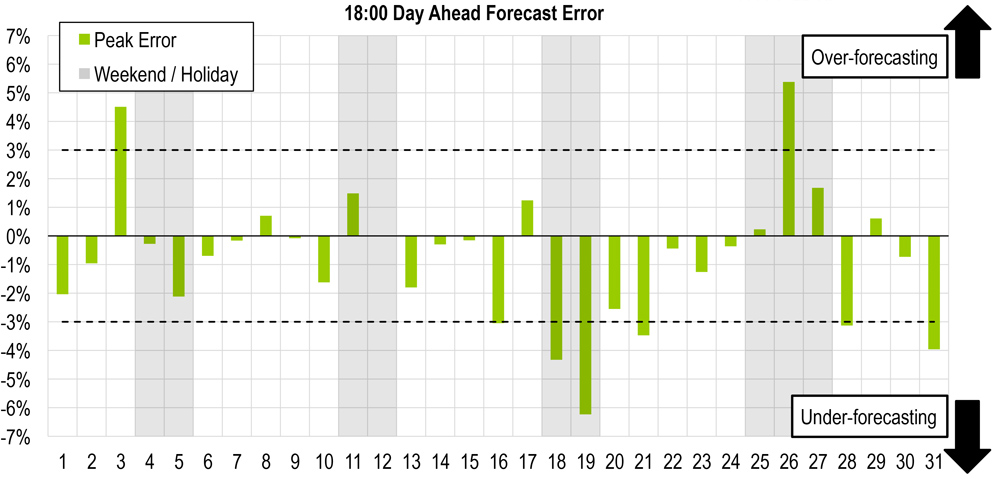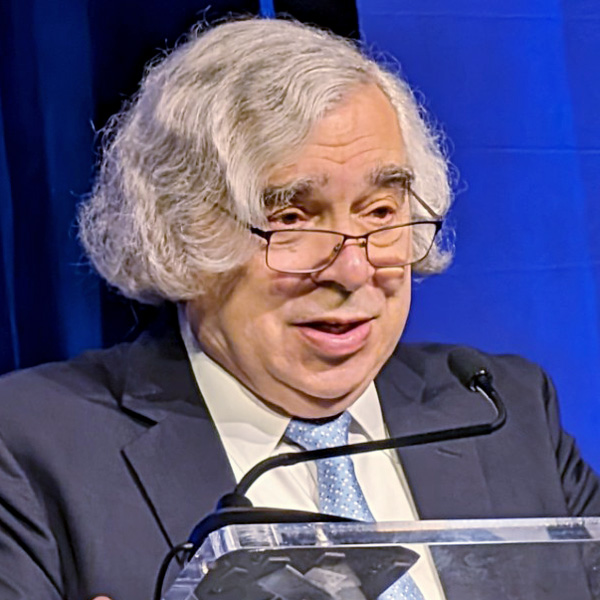PJM Presents Black Start Manual Revisions
PJM presented the Operating Committee last week with a set of revisions to Manual 12 regarding fuel assurance requirements for black start resources.
The RTO said the language approved June 6 was included in the package the OC advanced two years ago but inadvertently was excluded from manual revisions approved by the Markets and Reliability Committee in November 2022. (See “Black Start Fuel Requirements Advance to Members Committee,” PJM MRC Briefs: Oct. 24, 2022.)
The effort established a new category of “fuel-assured” generators and required at least one such unit to be committed in each transmission zone. The criteria to qualify as a fuel-assured unit vary based on resource type, including connections to multiple interstate gas pipelines, on-site fuel storage and dual-fuel capability.
The latest manual revisions create an exception to allow fuel-assured black start resources to avoid penalties if they fall below mandated consumable storage levels because they responded to a performance assessment interval (PAI) or if the storage vessels were taken out of service for regulatory inspections.
The changes also remove a fuel assurance notification requirement from Manual 12 and replace it with a stipulation that generators must provide verification they have adequate fuel and consumables upon PJM request, along with an annual verification requirement in the black start test form.
The language is set to go before the OC for an endorsement vote July 11 and the MRC on July 24.
PJM Details Temporary Exception Submission Process
PJM’s Lauren Strella Wahba presented the process for market participants to submit temporary exceptions in Markets Gateway once software updates go live Aug. 1.
The “Daily” and “Real Time Temp Except” fields have been used as an interim solution since FERC approved PJM’s real-time temporary exception design last November. (See “Stakeholders Endorse Real-time Temporary Exception Manual Revisions,” PJM MIC Briefs: Feb. 7, 2024.)
Rather than submitting supporting documentation to PJM by email, the “Exception” page of Markets Gateway will have buttons for uploading documents, though the email option will remain as a fallback.
Market participants withdrawing an active temporary exception will be required to first restore their cost-based and price parameter-limited schedules.
PJM Reviews May Operating Metrics
Inaccurate weather forecasting caused several days of high load forecast error in May, PJM’s Marcus Smith told the OC. Conditions were warmer than expected between May 16 and 21, which follows a trend of load forecasts becoming highly sensitive to numerous variables when temperatures are around 70 degrees Fahrenheit.
The May average hourly forecast error was 1.51%, with an average peak error of 1.81%, falling near the 25-month average for both figures.
The month saw one shared reserve event, a high system voltage action, a geomagnetic disturbance (GMD) action and 20 post-contingency local load relief warnings (PCLLRWs).
PJM’s Kevin Hatch said the GMD action was in effect May 10 and 11 after two transformers were in violation for 10 minutes. Geomagnetically induced current (GIC) was seen on multiple transformers, and two reactive control devices tripped offline.
While increased geomagnetic activity was seen for a week after May 10, Hatch said the action was not needed for the entirety of the period and the grid experienced no major impacts.

